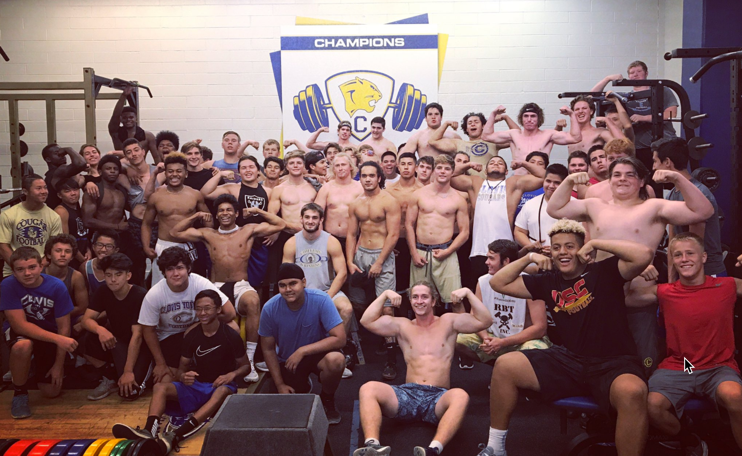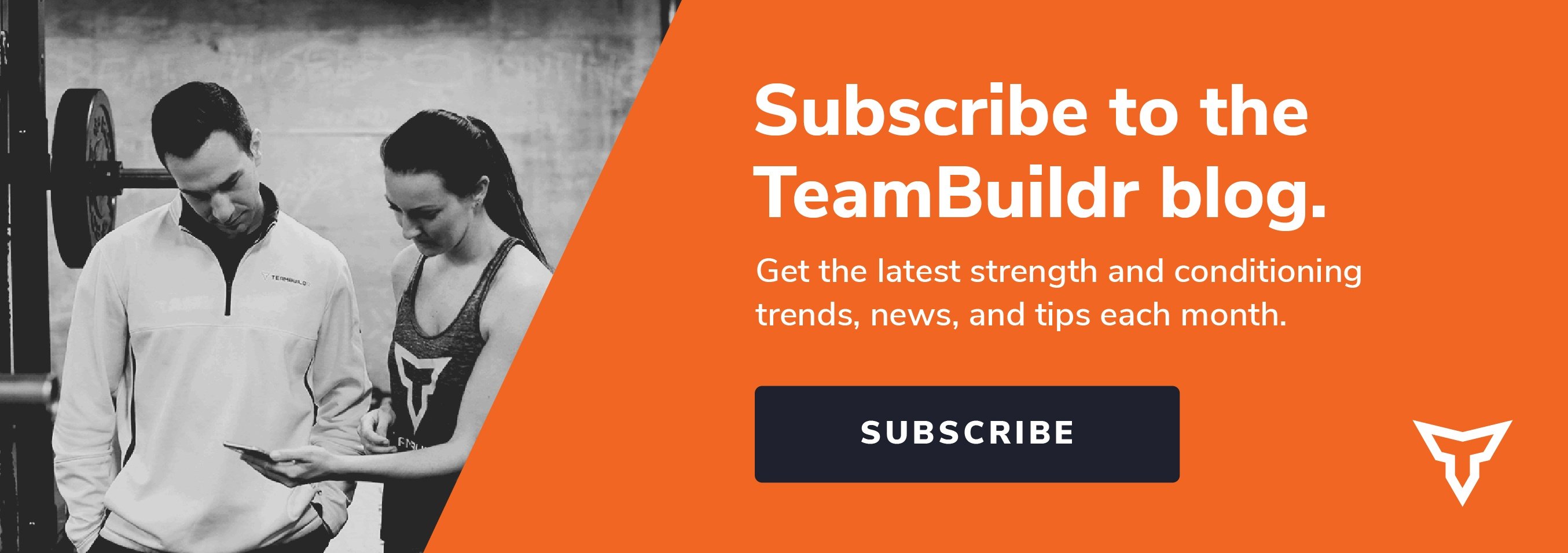Strength and Conditioning Was Better Off 10 Years Ago…Or Was It?
“That’s how we’ve always done it.”
We find security in routine. Culture is established via tradition. By nature, we are creatures of habit.
However, therein lies the problem…and perhaps the solution.
I am not questioning the need for order; instead, I am merely suggesting the need for an examination of methods. Without an explanation for “why”, we should be hesitant in accepting the “what”.
Excel, Experience, or Emotion?
Strength and conditioning has entered the realm of technology. We have velocity based monitoring devices, heart rate algorithms designed to track systemic fatigue, and even infrared sleepwear designed to improve recovery (granted, the jury is still out on this).
Like it or not, as technology changes, the culture of coaching also changes. Athletes want answers via objective data. It’s not good enough just to tell someone they’re getting better, they want to see the fruits of their labor in real time.
In the past, coaching was based upon experience. Experts in the field were exalted because they had “paid their dues”. In strength and conditioning, this mindset has continued to pervade the field as most young coaches are expected to complete 3-5 internships before they garner any chance of employment or relevant influence.
However, when talking with more experienced coaches, you will often hear them comment on the paradigm shift occurring within the new breed of millennial coaches. “Evidence based practice” seems to be the new calling card for most who market themselves in the digital world.
So why are most of these new coaches taking their “skills” online? They don’t have the expertise, personality, or experience to work with a professional organization or governing body who would oversee their development. Social media has become a microcosm of self-marketing, click-funnels, and subscription based social media updates. Most new coaches would be better off putting their heads down and learning for 5-7 years before they decide to promote their “6 tips for 6 figures” to every coach on their mailing list.
The Allure of Data Driven Metrics
“Old school” coaches are primarily focused on one thing – training. Their goal is singular in nature: promote large homeostatic disruptions that would allow for specific adaptations relative to imposed demands. But, a singular focus often leads to potential oversights.
Strength and conditioning in the present age is much more interconnected with associated disciplines (functional medicine, endocrinology, physical therapy, nutrition, supplementation, etc) to promote a more comprehensive approach. As such, the athlete’s standard of care and individual education is much higher than it was in the past.
Physiology doesn’t change, but our ability to monitor and respond to alterations in expected adaptations improves an athlete’s chance of success while lessening injury potential. When practitioners coordinate and systems become synergistic, the athlete always wins.
S&C is Simple…Isn’t It?
Recently I was reading an article which made a rather pointed statement regarding training: “Cause stress, adapt to stress, become more resilient to stress… pretty simple.” Han Selye’s General Adaptation Syndrome (GAS model) may be simple to conceptualize but the gap between textbook knowledge and clinical application is much larger than most realize.
Stress is easy to create but most have no idea how to manage it. As such, we have a nation of inhabitants walking around in a low grade sympathetic state with little regard for their conscious decisions.
Our culture is ruled by convenience, routine, and comfort. This makes accurate predictions of adaptations even more difficult without monitoring. Therefore, sport science serves more of a predictive than a reactive role.
Athlete monitoring provides coaches with a snapshot into an athlete’s physiology. Without an objective quantification of stressors, training takes on a subjective nature; thus, adaptation becomes driven by feeling and emotion rather than data.
Knowledge Without Application is Simply Facts
Sport science isn’t a fad. Technology is here to stay, but as coaches, we must be careful in our collection, interpretation, and application of data.
In order to break the nature of tradition, we must ask tough questions and continually dig for evidence. Truth is not quantifiable without data and “observed, anecdotal evidence” isn’t verifiable unless it’s repeatable.
“A host of sports technology can help (Omegawave for example can provide trends) but it’s more about understanding principles of physiology. Sports science toys aren’t useful until you fully understand that piece of information. We challenge our interns all the time: having sport science technology is like owning a guitar. Many have them – however, few are artists.” – Aaron Davis (Train. Adapt. Evolve.)
Subscribe to our blog
Subscribe to receive the latest blog posts to your inbox every week.
Related posts

Podcast: Using Tech in Large Group Settings

20 Reasons the Perception of Strength Coaches is Changing

